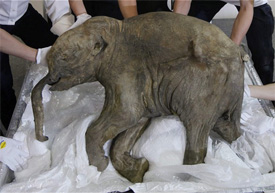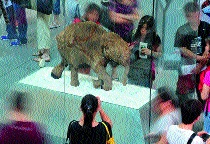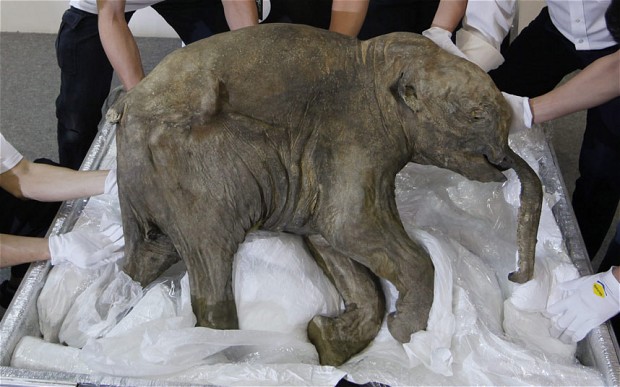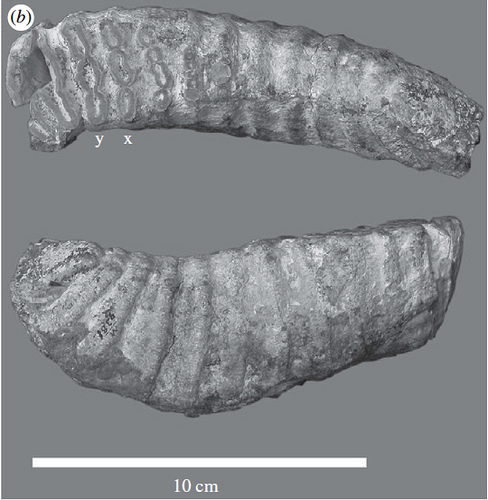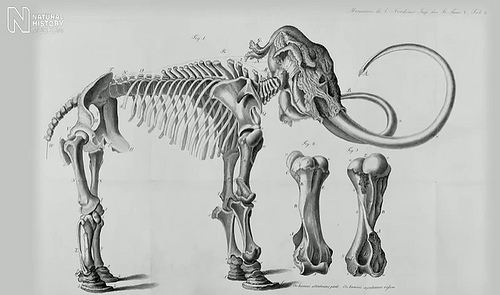Dwarf Elephant
Recently scientist discovered fossil’s of world’s smallest elephant that was only 3 ft 5 inches height and weight only approximately 238 kg. . It was lived in 3.5 million years ago in Mediterranean island.
Scientist studied first dwarf fossils which was discovered in Crete 100 years ago. Paleontologists have long argued whether the remains belonged to curvy-tusked mammoths or straighter-tusked elephants.
But recent discovery Teeth, foreleg bones in the same area confirms that the animal was in fact a mammoth, Mammuthus creticus.
This Mammuthus creticus fossils suggests that this dwarf was descended from one of the first mammoth species to arrive in Europe from Africa, Mammuthus rumanus or Mammuthus meridionalis.
“Dwarfism is a well-known evolutionary response of large mammals to island environments,” said lead researcher Dr Victoria Herridge.
“Our findings show that on Crete, island dwarfism occurred to an extreme degree, producing the smallest mammoth known so far.”
This “mini mammoths” is an example for the hypothesised “island rule” of evolution which says mammals if isolated from their original habitats evolve rapidly into giant or dwarf — large becomes dwarf and small becomes giant.
Dr Shai Meiri, zoologist suggests: “for fecundity selection (small elephant — more babies) on islands without predators and competitors”.
“So, elephants certainly dwarf on islands. Not all large mammals dwarf on islands, and especially there is little to suggest that small mammals increase in size. So dwarf mammoths? Sure. Island Rule? I’d say not so fast.”
This new findings , which is published in journal Proceedings of the Royal Society B, could help yield insights as to how giant animals can shrink to tiny sizes over evolutionary time.
Videos
sources–http://goo.gl/NiXLN http://goo.gl/ku7Db and www.guardian.co.uk

